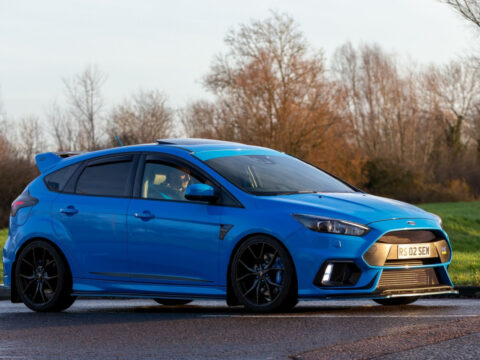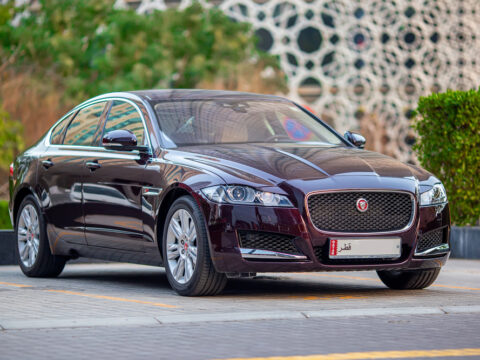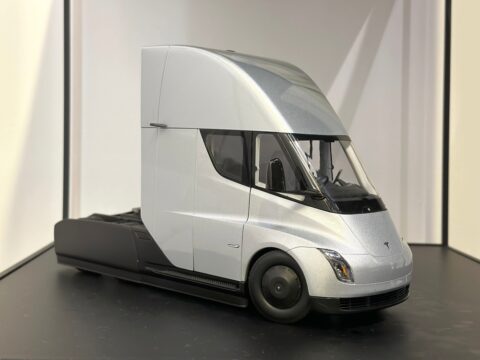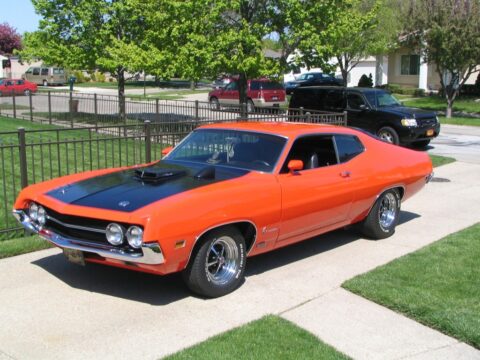Throughout automotive history, certain car designs have pushed the limits of creativity and engineering, setting new trends long before the world was ready for them. These daring vehicles broke conventions, introducing features and styles that challenged the norm. In this list, we’ll explore 25 of the most innovative car designs that were truly ahead of their time.
Contents
Citroën DS (1955)
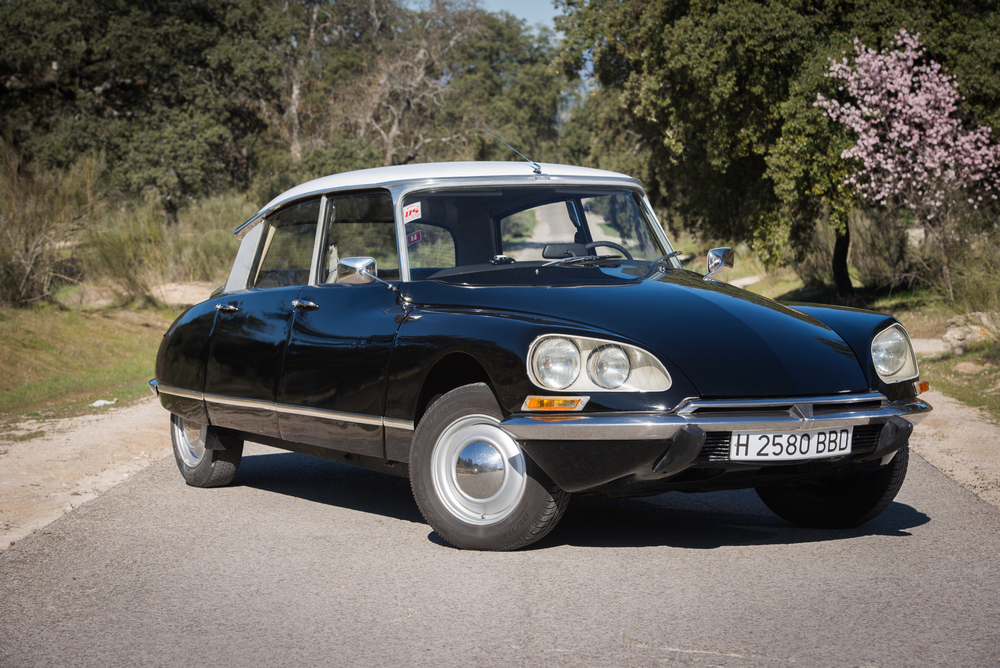
The Citroën DS was revolutionary, not just for its sleek, aerodynamic design but also for its groundbreaking technology. It introduced the world to hydropneumatic suspension, which offered an incredibly smooth ride and self-leveling capabilities. The futuristic body, created by Italian sculptor Flaminio Bertoni, was coupled with advanced features such as power steering and disc brakes, all of which were rare for the time. The DS was a symbol of French innovation, ahead of its peers in both style and engineering.
DeLorean DMC-12 (1981)
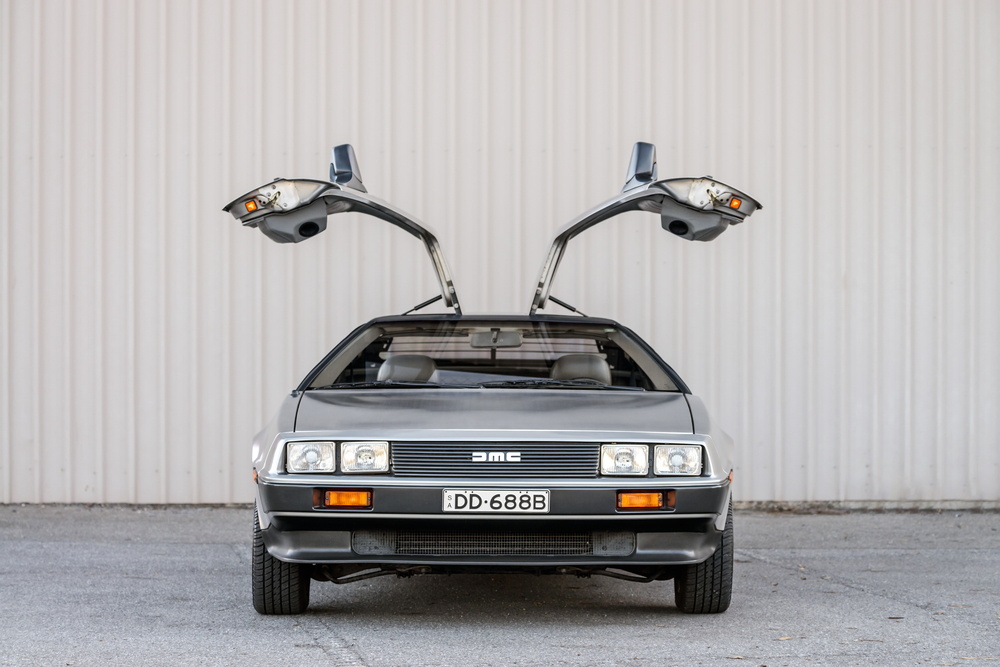
The DeLorean DMC-12 is instantly recognizable for its stainless steel exterior and gull-wing doors, features that set it apart from traditional cars of its era. Designed by Giorgetto Giugiaro, the DMC-12 pushed the boundaries of car aesthetics. Though its performance didn’t match its appearance, the car’s bold design choices and futuristic appeal, further cemented by its role in popular culture, particularly in the Back to the Future franchise, ensure its place as a daring automobile.
Tucker 48 (1948)
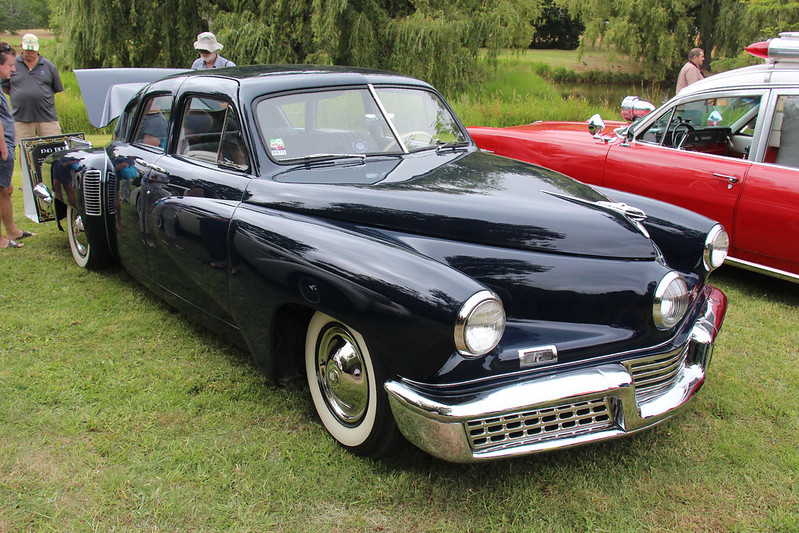
The Tucker 48 was ahead of its time in safety and design. It introduced features that would become standard decades later, including a padded dashboard, seat belts, and a shatterproof windshield. Its innovative rear-mounted engine and cyclops headlight that turned with the steering wheel were unique engineering marvels. Though only 51 were made, the Tucker 48’s bold vision continues to influence car safety and design standards.
BMW i8 (2014)

The BMW i8 represented a radical departure from traditional sports cars, offering a hybrid engine that combined performance with environmental responsibility. Its plug-in hybrid powertrain, combined with its futuristic, aerodynamic design, offered the best of both worlds: cutting-edge speed and eco-conscious driving. The i8’s butterfly doors and lightweight carbon-fiber-reinforced polymer frame further enhanced its ultra-modern appeal.
Chevrolet Corvette Stingray (1963)
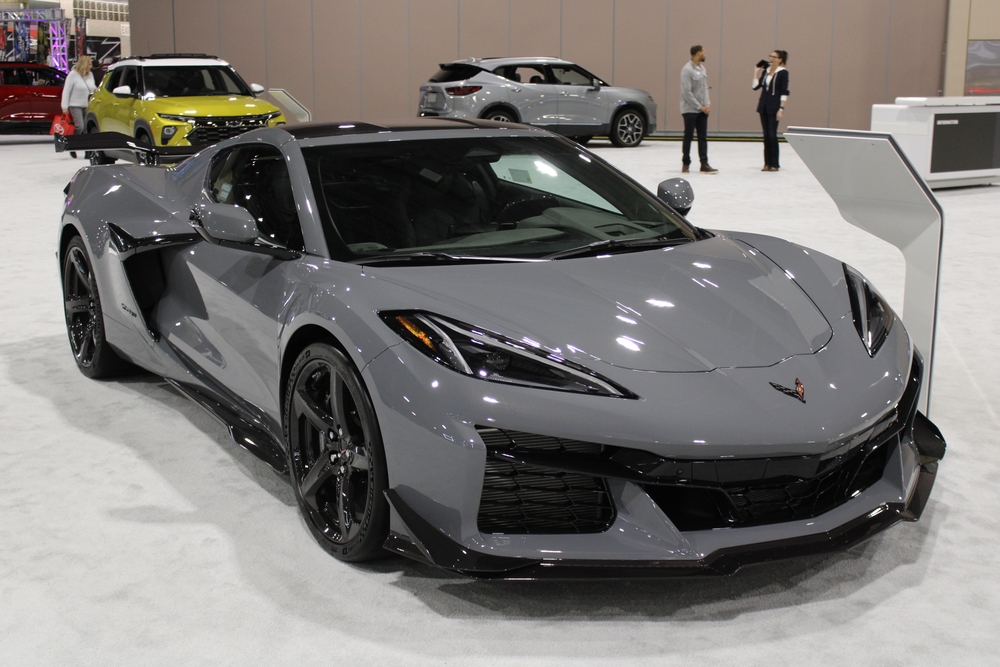
The Corvette Stingray’s split rear window and aggressive, angular design made it an icon from the moment it was introduced. The Stingray’s performance was just as daring as its appearance, with powerful engines and advanced aerodynamics that set new standards for American muscle cars. It solidified the Corvette as a symbol of innovation and speed, blending futuristic aesthetics with groundbreaking performance.
Tesla Cybertruck (2021)
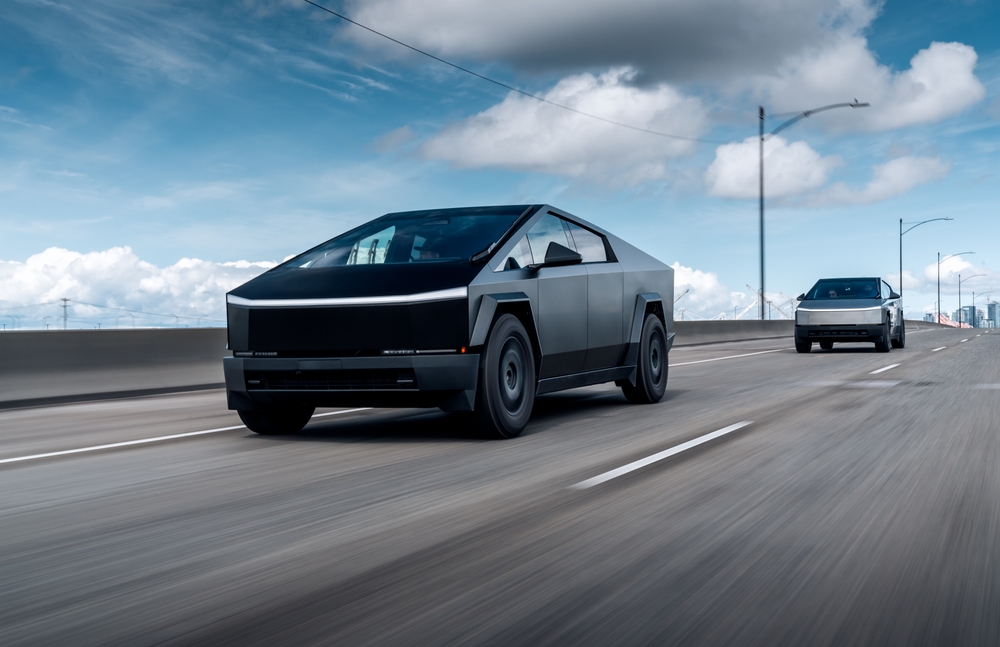
The Tesla Cybertruck’s angular, stainless steel exoskeleton and unpainted body immediately set it apart from any truck ever produced. Its bulletproof body and electric powertrain are features that challenge the conventional design and functionality of modern trucks. The sharp, unconventional design and cutting-edge technology have redefined what a pickup truck can be, positioning it as a futuristic vehicle in a class of its own.
Lancia Stratos (1973)
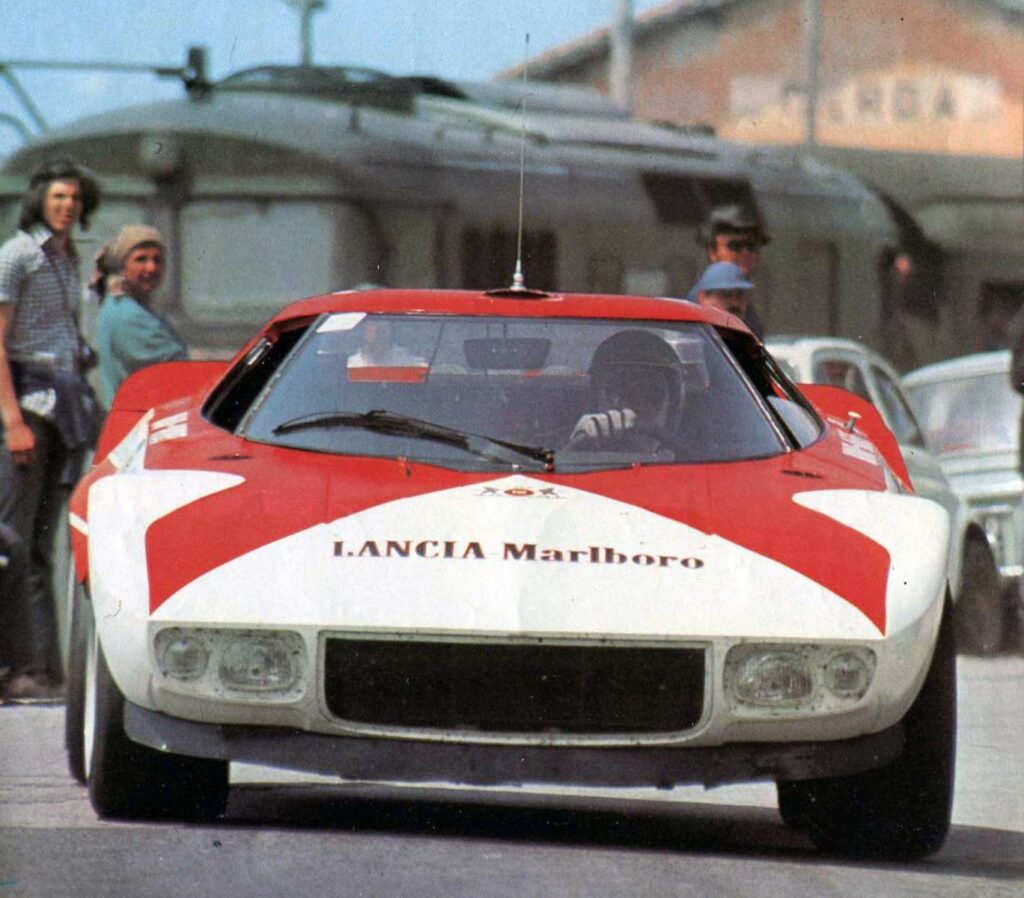
The Lancia Stratos was designed to dominate rally racing, and its wedge-shaped body was engineered for speed and aerodynamics. Compact and nimble, it was unlike anything else on the road at the time, breaking away from traditional rally car design. The Stratos’ aggressive looks matched its performance, as it became one of the most successful rally cars ever, proving that bold design can go hand in hand with functionality.
Porsche 959 (1986)

The Porsche 959 was a technological marvel, boasting features that were years ahead of its competitors. Its advanced all-wheel-drive system, active suspension, and aerodynamics made it a supercar that could handle both the track and the road. Its sleek, aerodynamic design hinted at the future of performance cars, solidifying the 959 as a game-changer in automotive engineering.
Lamborghini Countach (1974)
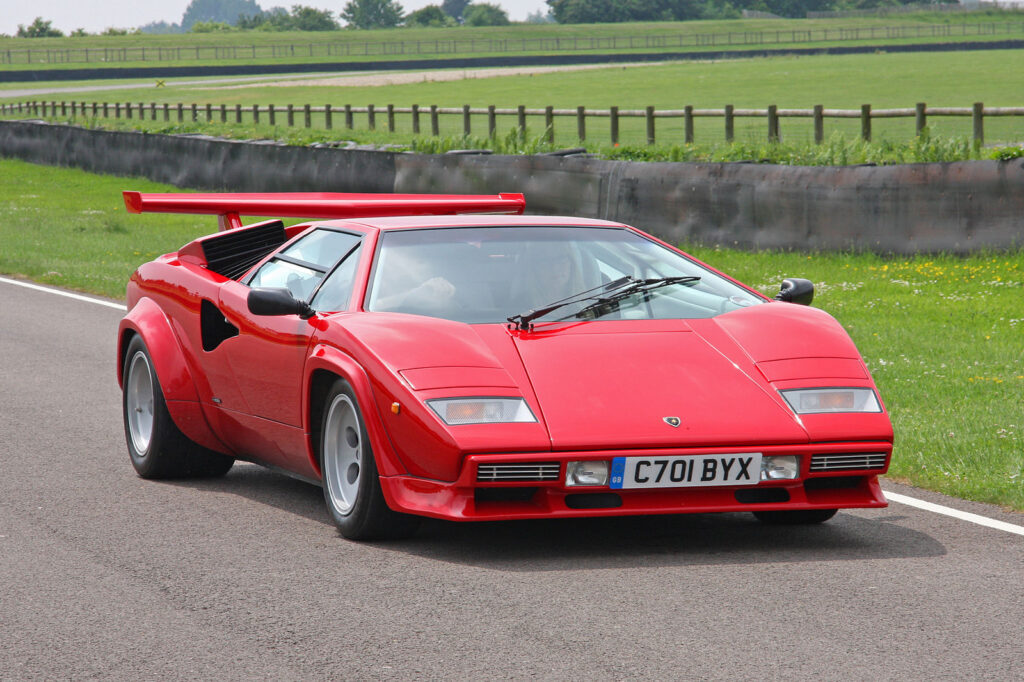
The Lamborghini Countach is one of the most iconic supercars in history, and much of its fame comes from its daring design. The sharp, angular lines, scissor doors, and low profile gave it a look that was unlike anything on the road. The Countach redefined the concept of a supercar, proving that design could be as bold and aggressive as the engine underneath.
Citroën SM (1970)
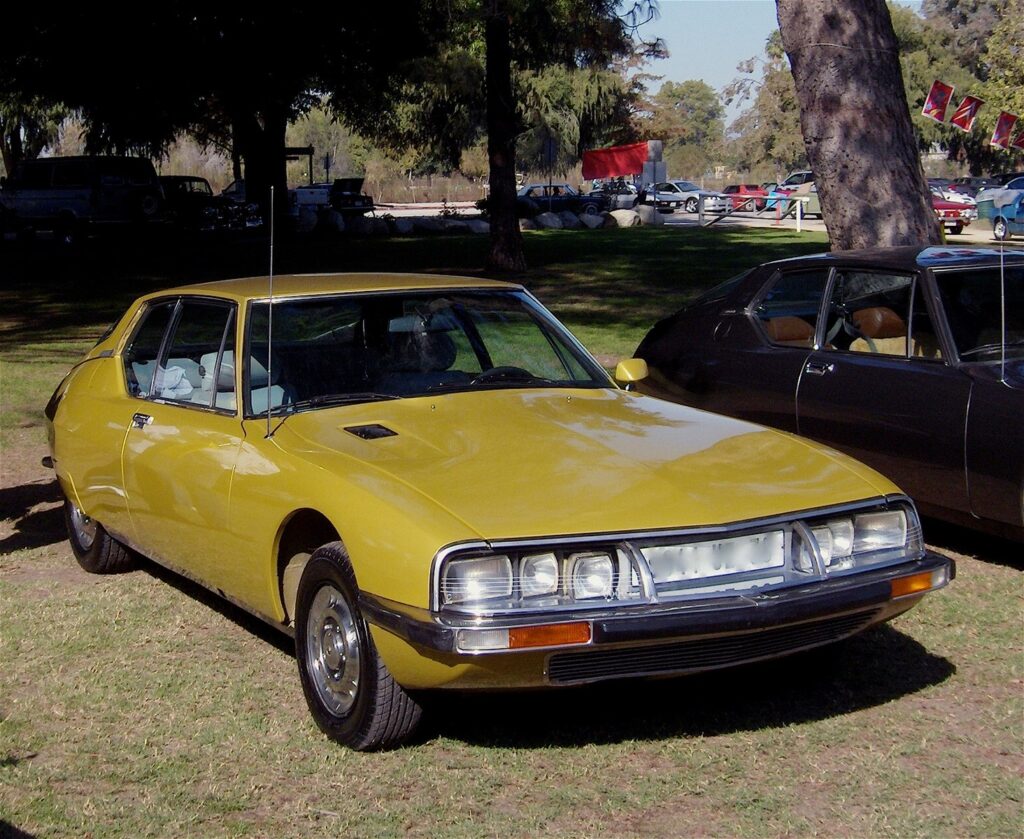
Citroën combined luxury and performance with the SM, a sleek, futuristic coupe that featured the same hydropneumatic suspension system as the DS. Its aerodynamic design was years ahead of its time, and the SM offered innovations like self-leveling headlights and variable assist power steering. The SM’s bold combination of style and technology made it stand out as a luxury car with a futuristic edge.
Renault Espace (1984)
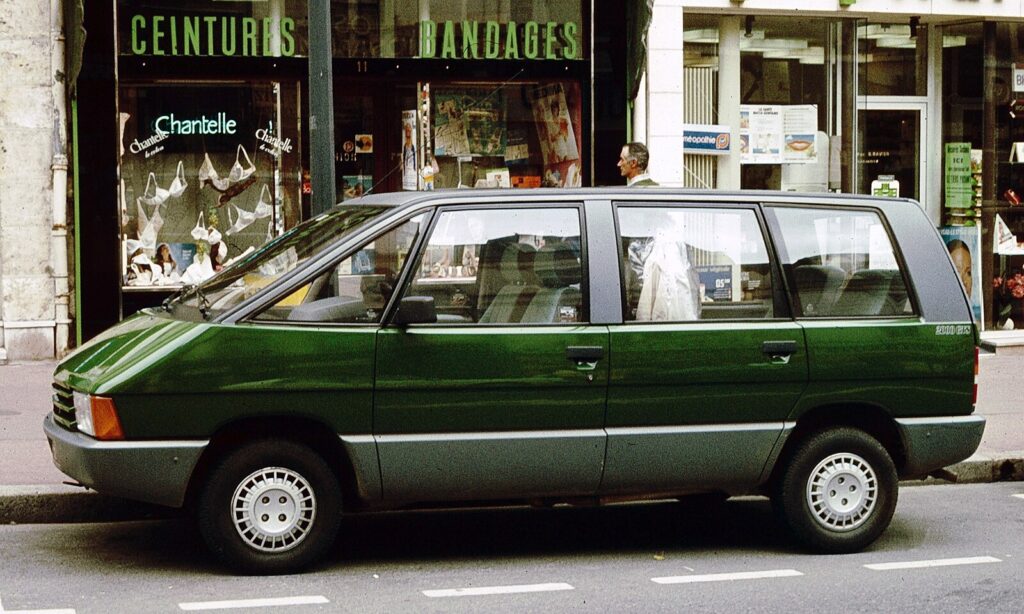
The Renault Espace was one of the first cars to popularize the idea of a family MPV (multi-purpose vehicle), offering ample space without sacrificing comfort or style. Its modular interior, with removable seats, was revolutionary for the time, and its sleek design set it apart from the boxy station wagons that dominated family transport. The Espace’s forward-thinking approach redefined how people thought about family vehicles.
Ford GT40 (1964)
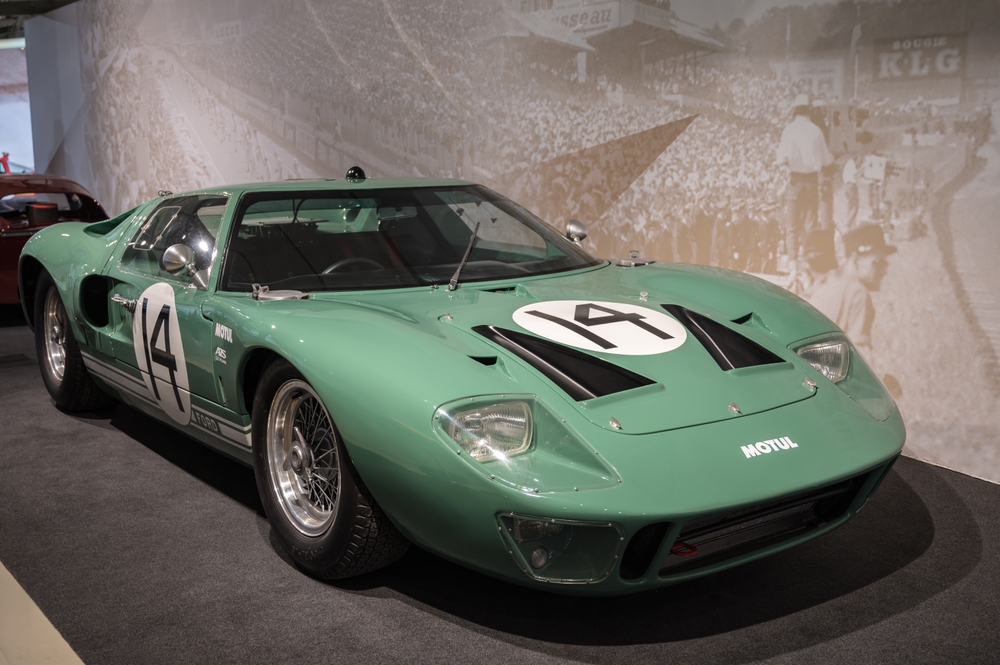
The Ford GT40’s low-slung, aerodynamic design was engineered for one purpose: to dominate at Le Mans. With its mid-engine layout and aggressive styling, the GT40 not only looked fast but also delivered, winning the 24 Hours of Le Mans four years in a row. The GT40’s bold design and unparalleled performance cemented its legacy as one of the greatest racing cars ever built.
BMW Z1 (1989)

The BMW Z1 stood out for its unique design, most notably its retractable doors that slid down into the body of the car. Its plastic body panels and innovative engineering made it a bold and experimental sports car. While it was produced in limited numbers, the Z1 showcased BMW’s willingness to push design boundaries, offering a glimpse into the future of car construction.
Aston Martin Lagonda (1976)
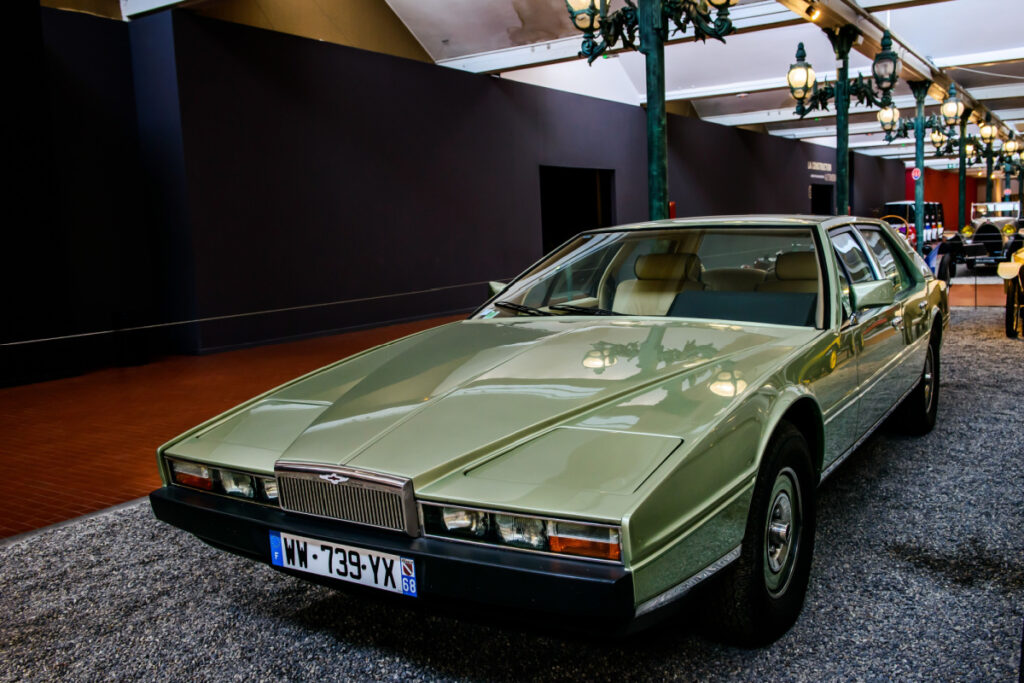
The Aston Martin Lagonda was a radical luxury saloon that combined futuristic electronics with a bold, wedge-shaped body. Its angular lines and digital dashboard were groundbreaking for the time, and its use of touch-sensitive controls in the interior foreshadowed modern infotainment systems. The Lagonda’s daring design made it one of the most futuristic-looking cars of its era.
AMC Pacer (1975)
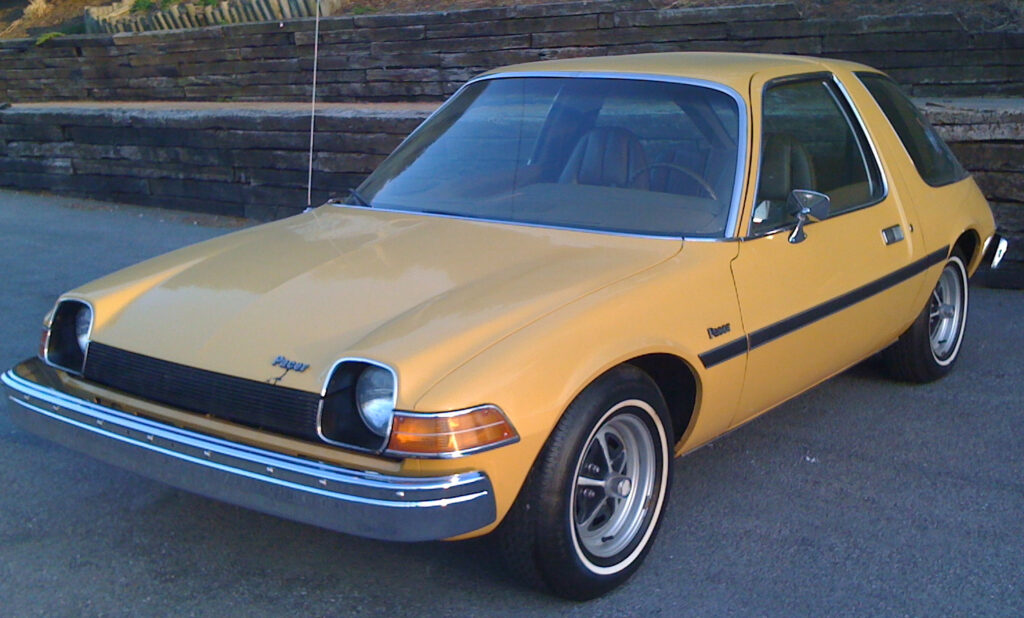
The AMC Pacer’s wide, bubble-like design was a radical departure from the boxy cars of its time. It was designed to offer a roomy interior with maximum visibility, thanks to its large glass surfaces. While its unconventional shape was polarizing, the Pacer’s bold approach to compact car design made it a standout in the 1970s.
Fiat Multipla (1998)
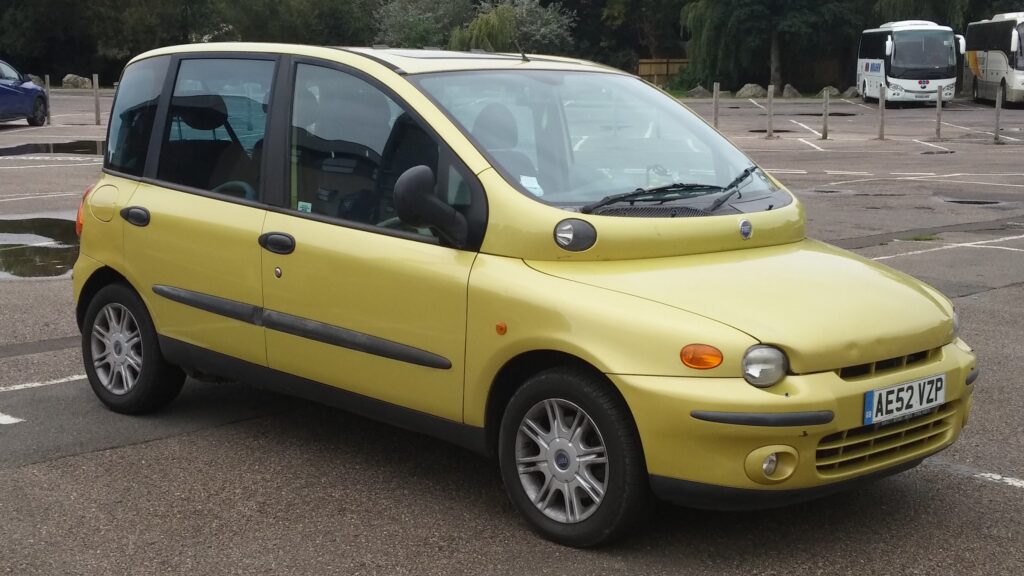
The Fiat Multipla was famous for its unusual design, with a high, bulbous cabin that maximized interior space. Its quirky appearance was unlike anything else on the road, and it offered an innovative three-across seating arrangement in the front. Though often mocked for its looks, the Multipla’s daring design prioritized functionality and practicality, making it an early pioneer in unconventional MPV design.
Jaguar E-Type (1961)
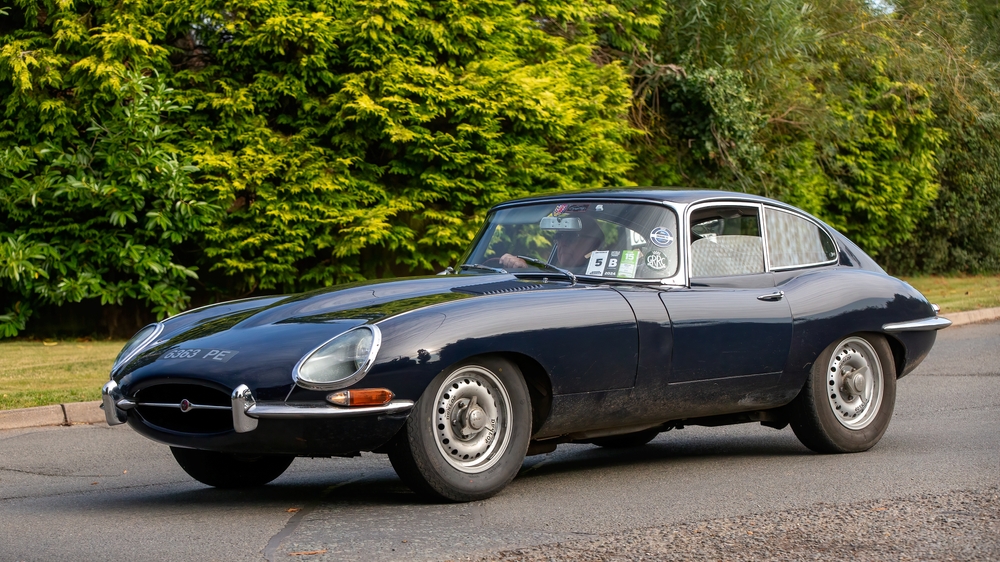
The Jaguar E-Type is widely regarded as one of the most beautiful cars ever made, with its long, sleek curves and elegant silhouette. Its aerodynamic design wasn’t just for looks; it helped the E-Type achieve impressive speeds for its time. The car’s blend of style and performance made it a true icon of the 1960s and a design that continues to inspire automakers today.
Pontiac Aztek (2001)

The Pontiac Aztek was ahead of its time in the way it combined rugged SUV capability with the functionality of a crossover. While its design was divisive, the Aztek’s bold shape and modular interior anticipated the modern SUV crossover trend, making it a forward-thinking vehicle in hindsight.
Vector W8 (1989)
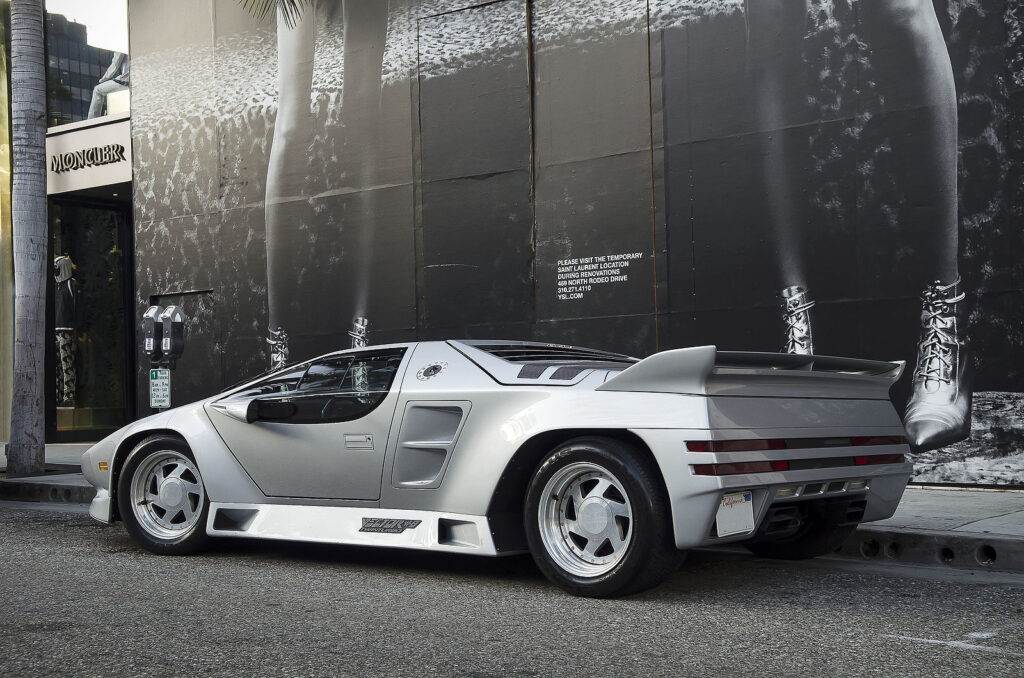
The Vector W8 was an exotic supercar with an aviation-inspired design, featuring sharp, angular lines and an aggressive stance. Powered by a twin-turbocharged V8 engine, the W8 was capable of astonishing speeds. Its futuristic design and cutting-edge performance made it a standout in the world of supercars, even though it was produced in limited numbers.
Cadillac Eldorado Brougham (1957)
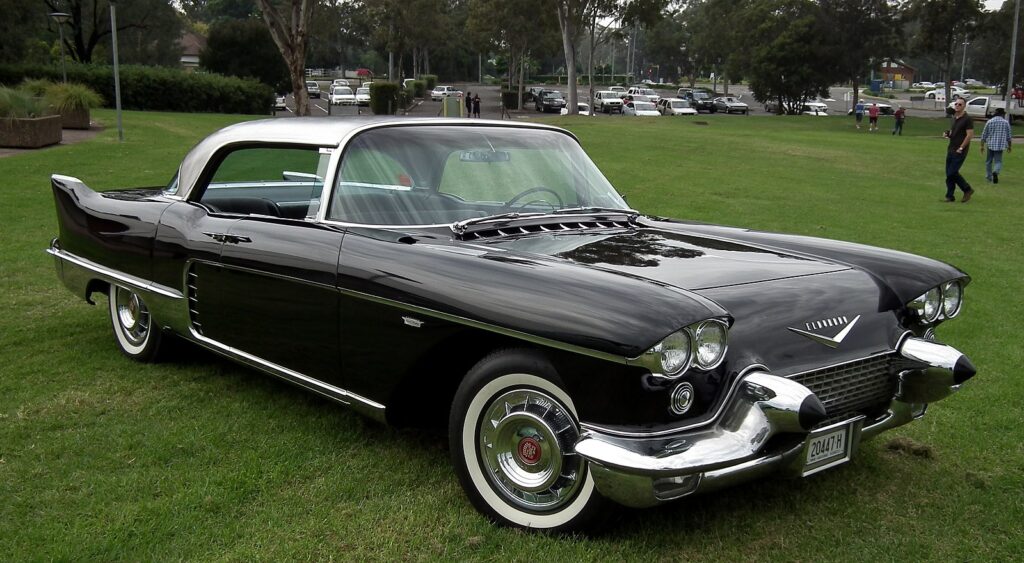
The Cadillac Eldorado Brougham was a luxury car that oozed futuristic flair, with its sleek bodywork, stainless steel roof, and advanced technology. Features like air suspension, memory seats, and automatic trunk release were years ahead of their time. The Brougham represented Cadillac’s peak in innovative luxury, combining style with forward-thinking features.
Peugeot 504 Coupe (1969)
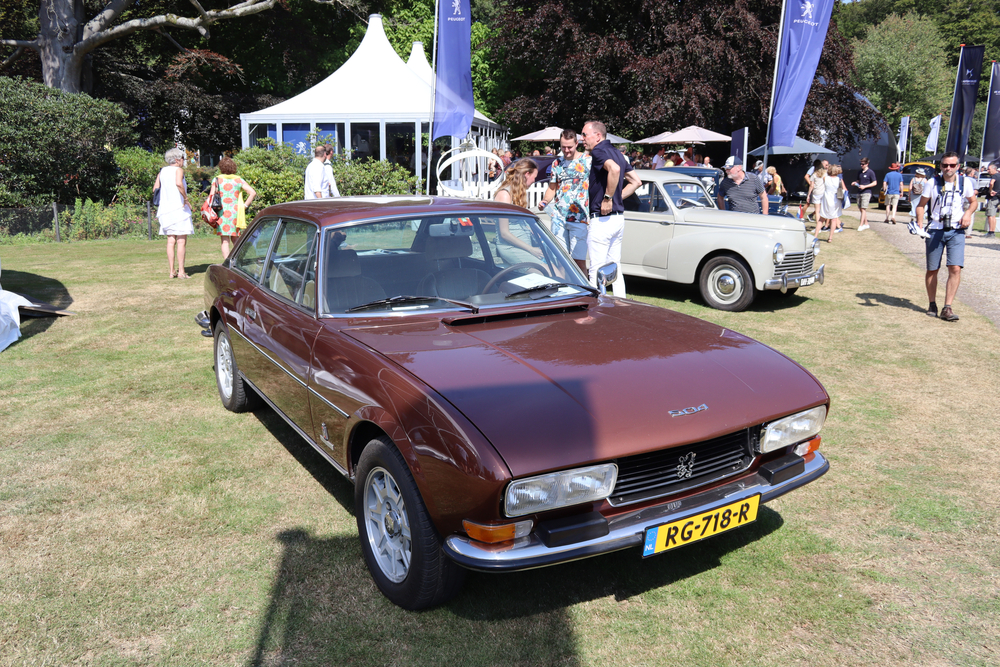
The Peugeot 504 Coupe offered elegant, flowing lines and a refined appearance that set it apart from other cars of its era. Its comfortable ride and robust engineering made it a durable choice for both urban and rural driving. The 504 Coupe’s design, both timeless and practical, has aged gracefully and continues to be celebrated for its aesthetics.
Mercedes-Benz C111 (1969)
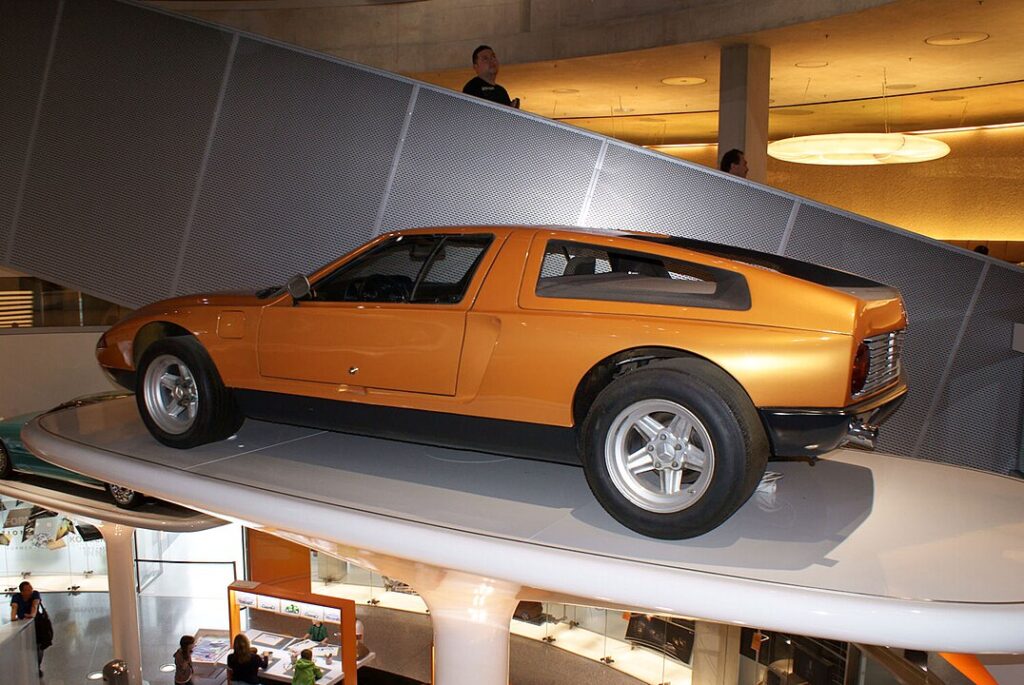
The Mercedes-Benz C111 was an experimental car that featured an advanced rotary engine and a striking, aerodynamic design. Its gull-wing doors and low, wide body gave it a futuristic look, and the C111’s engineering innovations made it a testbed for new technologies. While it never went into full production, the C111’s daring design left a lasting impression on automotive enthusiasts.
Lotus Esprit (1976)

The Lotus Esprit’s wedge-shaped body, designed by Giorgetto Giugiaro, made it one of the most distinctive sports cars of its time. Its lightweight construction and mid-engine layout gave it superb handling, while its bold, angular design gave it a futuristic appeal. The Esprit was not only a bold design statement but also a highly capable sports car, made even more iconic through its appearance in James Bond films.
Oldsmobile Toronado (1966)
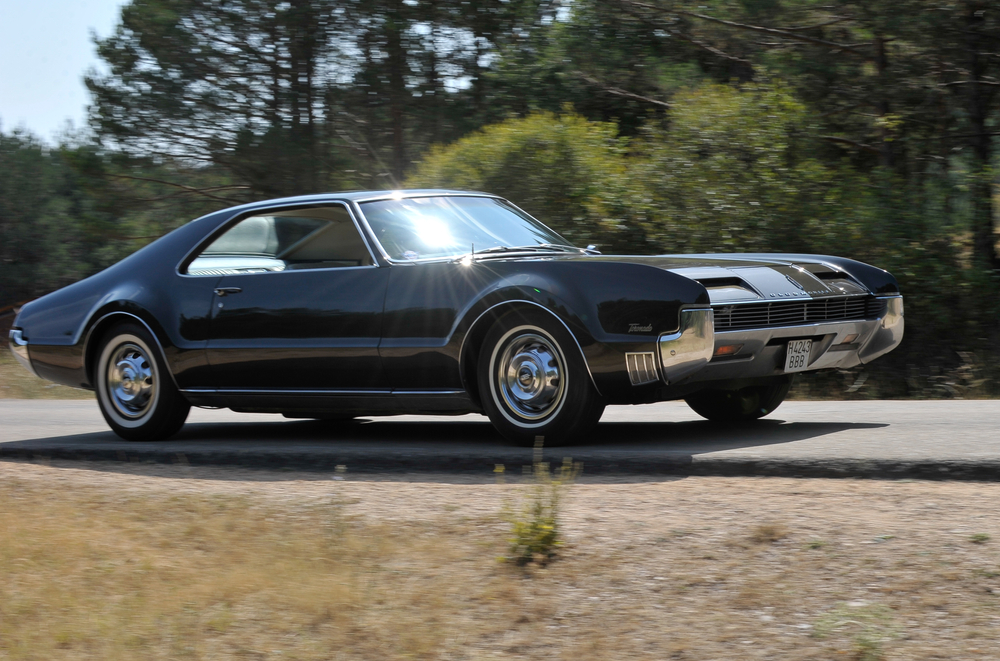
The Oldsmobile Toronado was a bold move by General Motors, introducing front-wheel drive to a large, American luxury car. Its muscular design, with hidden headlights and a fastback roofline, gave it a futuristic and aggressive look. The Toronado was a technical marvel as well, showcasing GM’s engineering prowess and design boldness.
Audi A2 (1999)
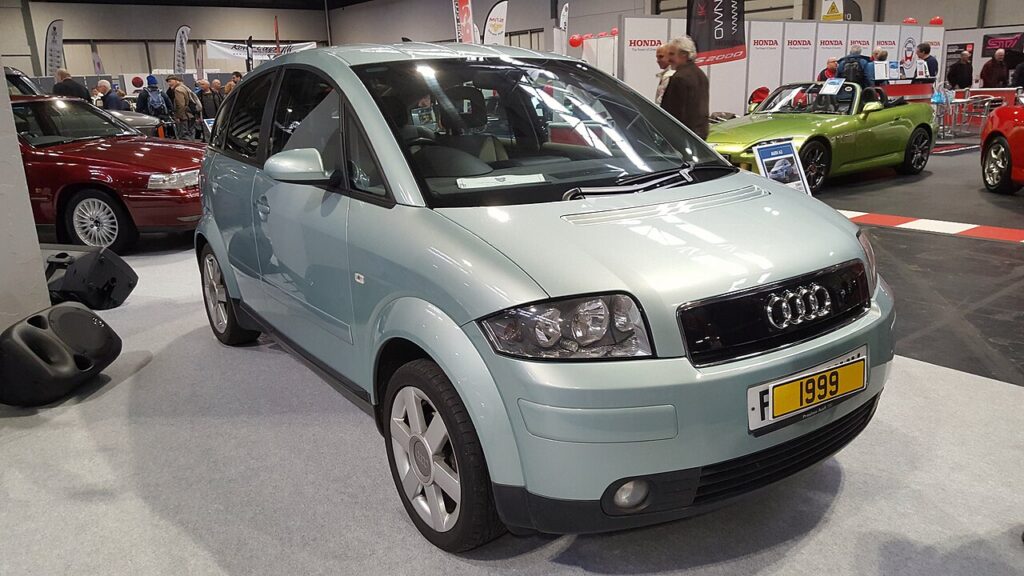
The Audi A2 was a forward-thinking compact car, designed with lightweight aluminum construction to improve fuel efficiency. Its aerodynamic shape and innovative engineering made it a pioneer in eco-friendly car design. The A2’s bold design and focus on sustainability paved the way for the modern trend of efficiency-focused vehicles.
This article originally appeared in MyCarMakesNoise.
More from MyCarMakesNoise
20 Most Durable Pickup Trucks on the Market

Durability is a key factor for many buyers when choosing a pickup truck, especially for those who rely on their vehicle for heavy-duty tasks or off-road adventures. Some pickup trucks stand out for their rugged construction, reliable performance, and long-lasting components. Read More
20 Common Issues When Driving Without Regular Alignment Checks

Skipping regular alignment checks can lead to several issues that affect both your vehicle’s performance and safety. One of the most common problems is uneven tire wear, which reduces the lifespan of your tires and can lead to costly replacements. You might also experience poor handling, as misalignment can cause your car to drift or pull to one side, making it harder to control. Read More
20 Best Backroads for a Peaceful Drive

For those seeking a break from the hustle of city traffic, backroads offer a peaceful and scenic escape. These quiet routes wind through countryside, forests, and rolling hills, providing a serene atmosphere perfect for leisurely drives. Read More

